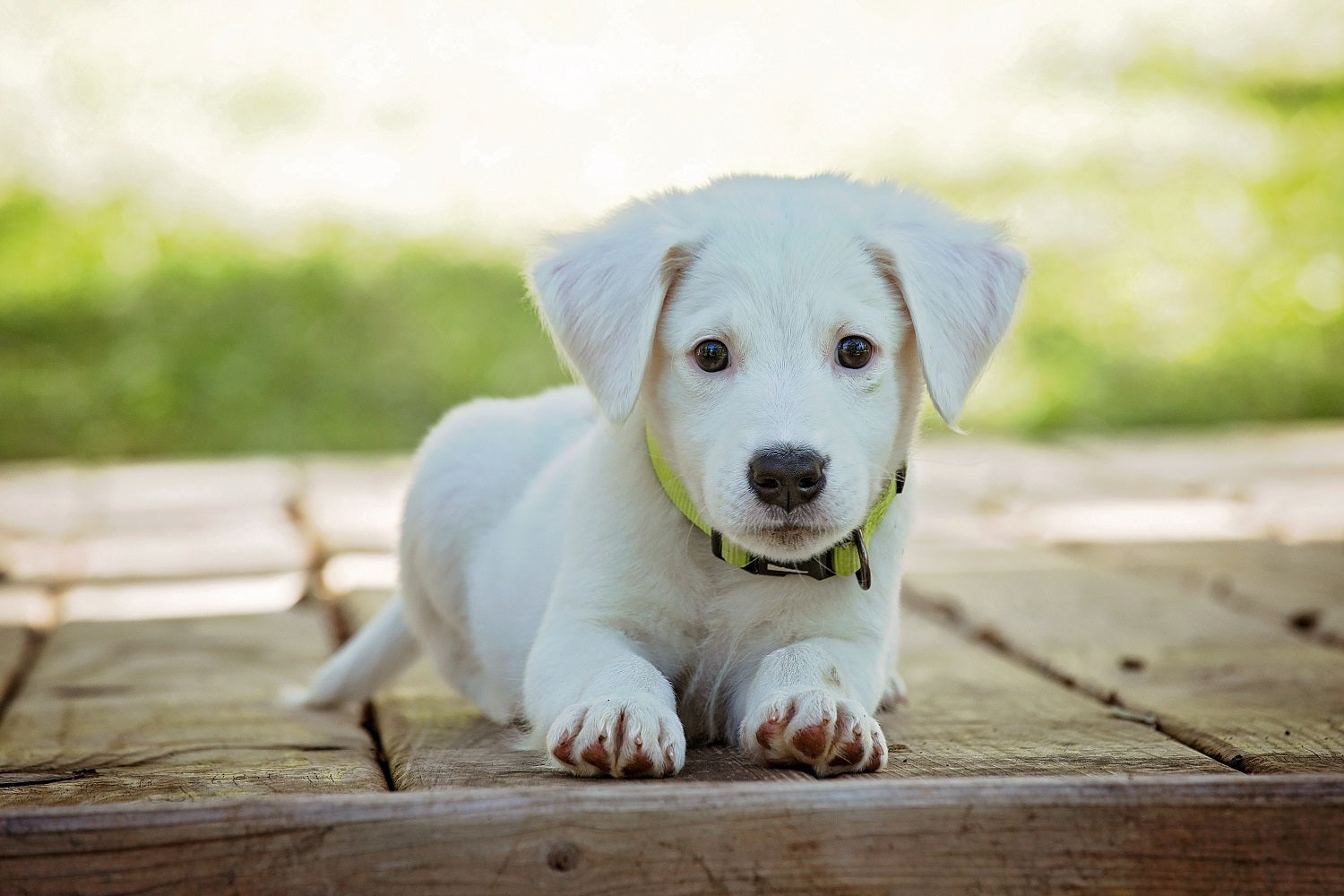

· By Robbi Hess
How To Train Your Puppy
January was National Train Your Dog Month and if you're a dog parent, you understand how important it is to have a well-trained dog. Using positive reinforcement training with your dog is a way for the two of you to bond, to help make him a "good citizen" and could potentially save his life!
If you're a new puppy parent and have adopted a new furry family member training starts the day you bring her home. Whether you're going to train your puppy to do agility or if you want her to walk nicely on a leash, sit and stay or not chew your shoes, start training from day one.
How To Train Your Puppy
It doesn't matter if you have a large breed or a small breed puppy, there are specific things you will want her to learn. Our dogs love to please us and spend time with us, and positive reinforcement training is a great way to spend quality time with one another!
Here are a few commands you will want your puppy to learn. You can teach him yourself (there are myriad videos available to show you how), you can buy a book that shows how to train the best dog ever or you can sign your puppy up for a puppy training and socialization class in your community.
No matter what method you choose, you will want to be consistent, patient and positive!
- Sit. This is one of the easiest commands to teach. Here are a few pointers: Grab a delicious dog treat -- one packed with powerful chia seeds -- and stand in front of your dog. Touch the treat to her nose so she knows you have something for her, move it slowly above her head until her butt hits the ground. As soon as her butt hits the ground, say "sit." She will equate the action with the word. Give her a nibble of the treat then practice until she will sit when you say the word. Don't forget to praise and reward her every time she does what you ask!
- Down. This is easy to teach once your dog understands the "sit" command.
- Stay. Once your pup has mastered sit and down you can practice stay. Repeat the word "stay" while you back away from him. Reward him as long as he "stays" until you give him the release command, which could be "come."
- Come. This is a command that could be a literal lifesaver for your pup. You want your dog to "come" when you call him no matter what other distractions there might be. To teach "come" let your dog be distracted first then say the command in an excited tone. Once he comes to you, reward him with a delicious treat and excitement in your voice. Never use the "come" command if your dog has done something wrong and you're pointing out the mess he made or the shoes he's chewed. "Come" should always have a positive connection.
- Drop it or leave it. This is a command that will get your dog to "drop" an item she has already picked up that you don't want her to have. "Leave it" could be a command you use when you're out for a walk and he sees food or garbage on the ground that he wants to taste.
When training your puppy, keep treats on hand but don't give him a whole treat every time you reward him -- break the treats into tiny bites. Even a low-calorie, low-ingredient, healthy treat can lead to your puppy getting chunky if he gobbles them down all day.
Be patient. Be positive. Enjoy your new puppy!

